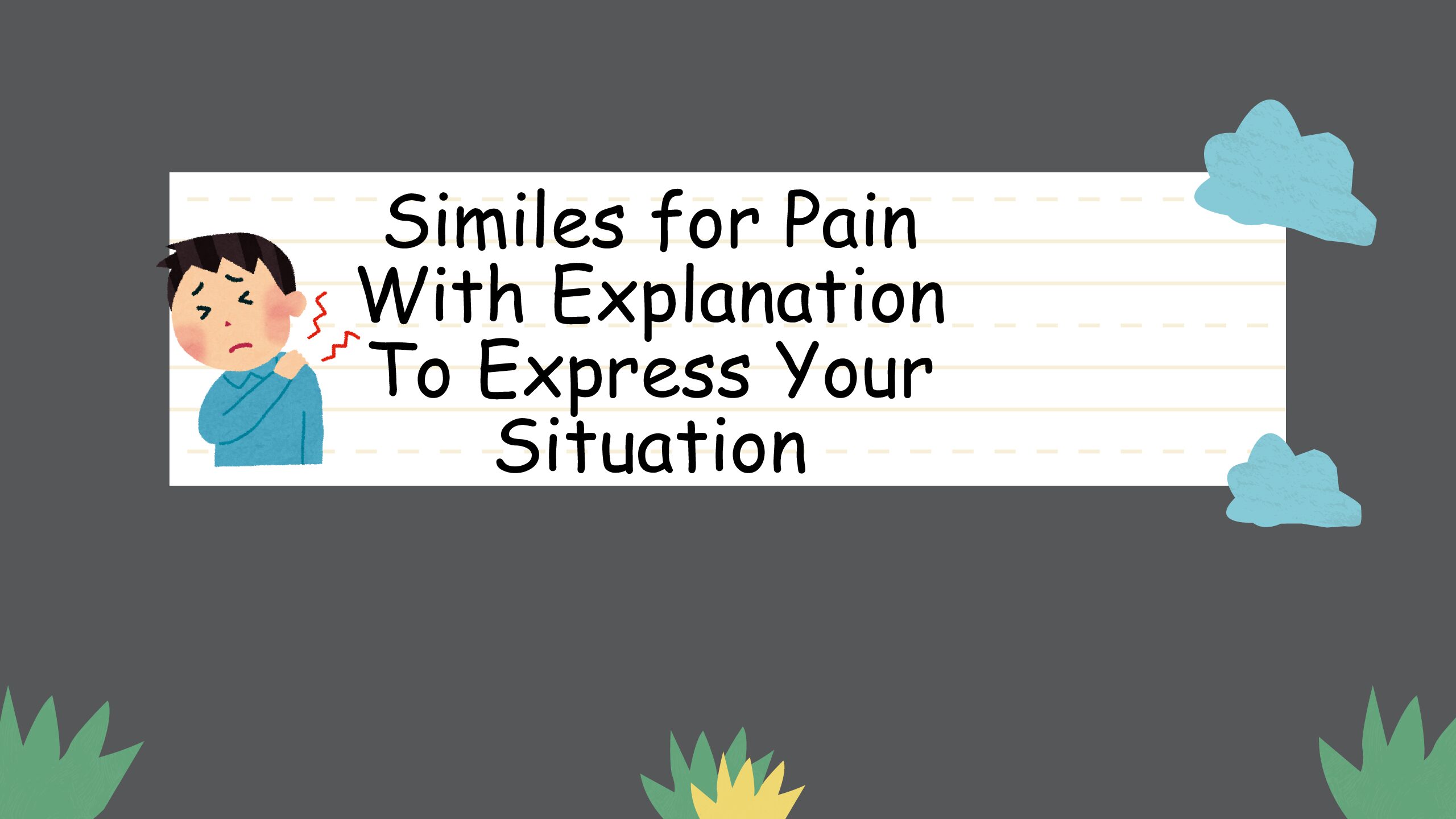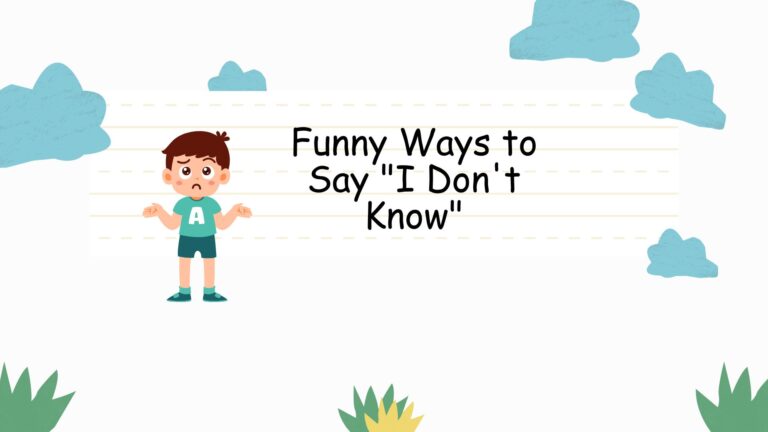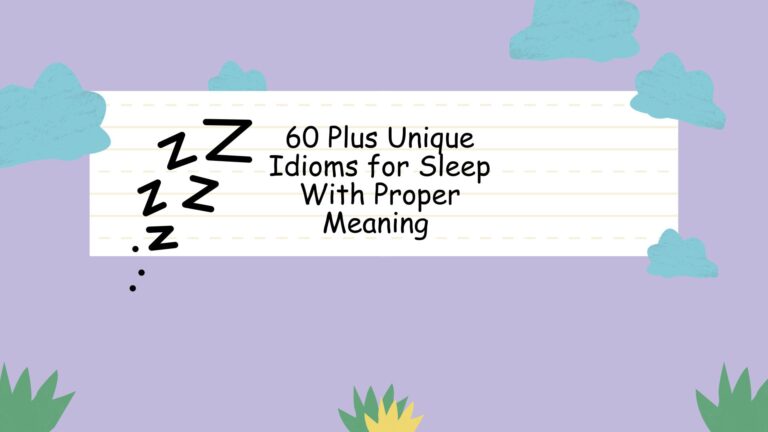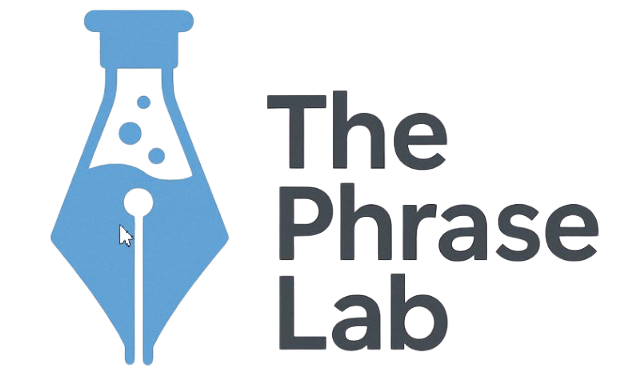
Alternative Greetings: “I Hope This Email Finds You Well”
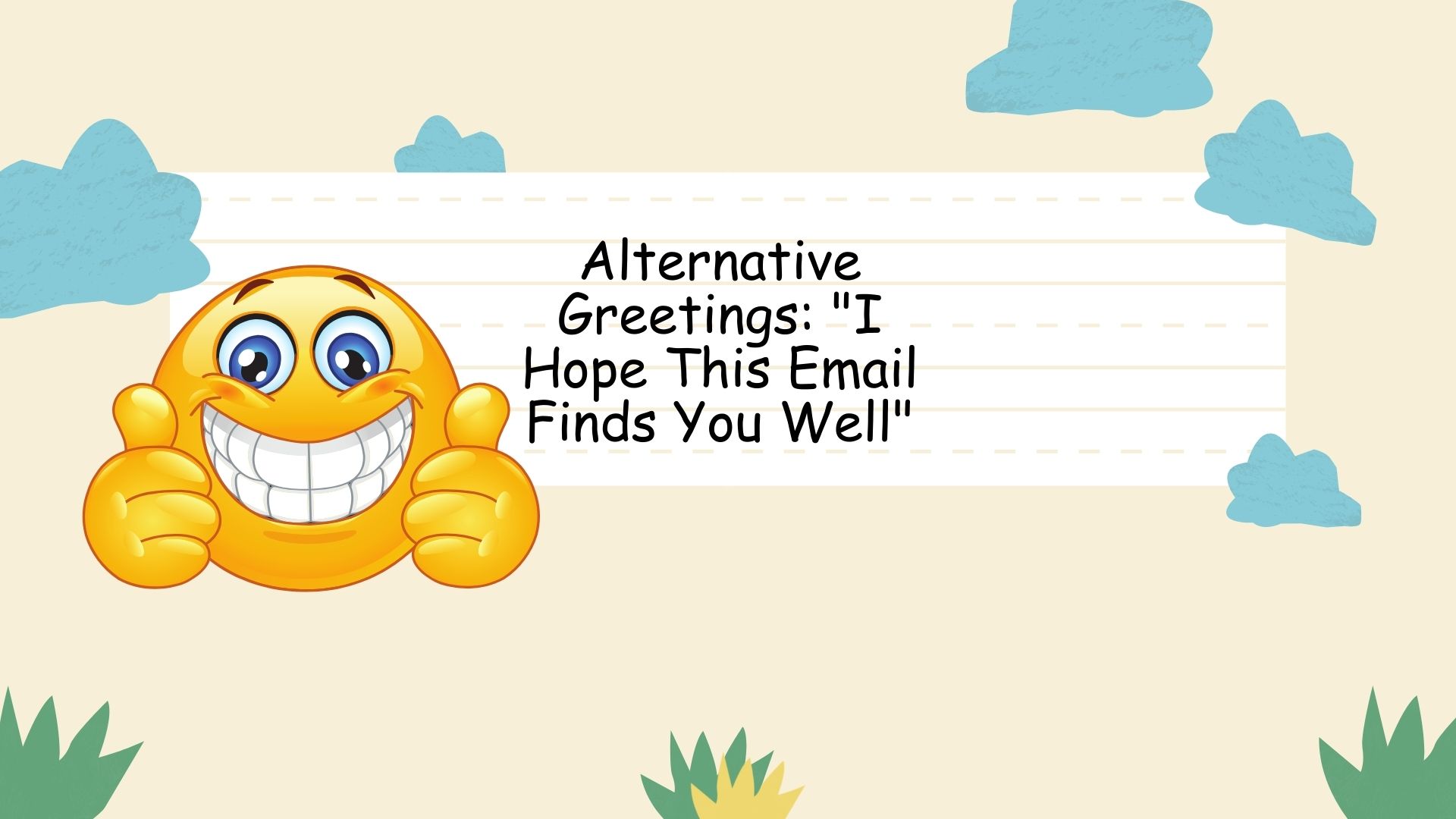
In professional communication, the opening line of an email sets the tone for the entire message. While “I hope this email finds you well” is a common and polite way to start, its overuse can make it sound generic. Mastering alternative greetings allows you to tailor your message to the recipient, the situation, and your desired level of formality. This article explores a variety of alternative phrases, providing context, examples, and practical exercises to help you diversify your email openings and make a stronger, more personal impression. This is crucial for building rapport and ensuring your message is well-received.
This guide is valuable for anyone who writes emails regularly, including professionals, students, and job seekers. By learning these alternatives, you can craft more engaging and effective emails that stand out from the crowd. Understanding the nuances of each phrase will also improve your overall communication skills and enhance your ability to connect with others through writing.
Table of Contents
- Introduction
- Definition and Purpose
- Structural Breakdown
- Types and Categories of Alternative Greetings
- Examples of Alternative Greetings
- Usage Rules and Considerations
- Common Mistakes to Avoid
- Practice Exercises
- Advanced Topics
- Frequently Asked Questions (FAQ)
- Conclusion
Definition and Purpose
The phrase “I hope this email finds you well” is a standard opening line used in email communication. Its primary purpose is to express goodwill and politeness at the beginning of a message. It serves as a courteous gesture, indicating that you are mindful of the recipient’s well-being before delving into the main content of your email. However, its frequent use has led to it becoming somewhat formulaic and impersonal.
Alternative greetings serve the same fundamental purpose – to initiate the email with a positive and considerate tone. However, they offer a way to personalize the message, showing that you’ve put more thought into your communication. By selecting a more tailored greeting, you can create a stronger connection with the recipient, making your email more engaging and memorable. The choice of greeting should align with the context of your email, your relationship with the recipient, and the overall tone you wish to convey.
These alternative greetings can be classified as phatic expressions, which are phrases used to establish social connection rather than to convey substantial information. They play a crucial role in maintaining positive relationships and facilitating effective communication. They are especially important in professional contexts where building rapport and projecting a positive image are essential.
Structural Breakdown
The common structure of “I hope this email finds you well” and its alternatives typically involves a combination of these elements:
- Expression of Hope or Well-being: This is the core element, conveying your positive wishes for the recipient. Examples include “I hope you are doing well,” “I trust you are having a productive week,” or “Wishing you a pleasant morning.”
- Contextual Reference (Optional): This element adds a personal touch by alluding to a previous interaction, a shared event, or a specific situation. Examples include “Following up on our conversation last week…” or “I hope you enjoyed the conference.”
- Opening Salutation: This is a formal or informal address to the recipient, such as “Dear [Name],” “Hi [Name],” or simply “[Name],” depending on your relationship.
The general pattern is: [Salutation] + [Expression of Hope/Well-being] + [Optional Contextual Reference]. The flexibility of this structure allows for a wide range of variations, enabling you to craft greetings that are both polite and personalized. The key is to choose elements that are appropriate for the specific situation and the recipient.
Consider these structural examples:
- Formal: Dear Mr. Smith, I hope this email finds you well.
- Semi-Formal: Hi John, I hope you’re having a good week.
- Informal: John, Good to hear from you again.
- Situation-Specific: Dear Sarah, Following up on our meeting yesterday, I hope you found the presentation helpful.
Types and Categories of Alternative Greetings
Alternative email greetings can be categorized based on formality, context, and purpose. Understanding these categories helps you select the most appropriate greeting for each situation.
Formal Greetings
Formal greetings are suitable for initial contact, communication with senior colleagues, or correspondence with individuals you don’t know well. They prioritize politeness and respect.
Examples:
- Dear Mr./Ms./Dr. [Last Name], I hope this email finds you in good health.
- Dear [Full Name], I trust this message reaches you at a convenient time.
- To Whom It May Concern, I hope this email finds you well. (Use sparingly)
Semi-Formal Greetings
Semi-formal greetings are appropriate for colleagues, clients, or acquaintances with whom you have an established, but not overly casual, relationship. They strike a balance between politeness and approachability.
Examples:
- Dear [First Name], I hope you are doing well.
- Hi [First Name], I hope you’re having a productive week.
- Good morning/afternoon [First Name], I hope all is well with you.
Informal Greetings
Informal greetings are best suited for close colleagues, friends, or individuals with whom you have a relaxed and friendly relationship. They emphasize warmth and connection.
Examples:
- Hi [First Name], How are you?
- Hey [First Name], Hope you’re having a great day!
- [First Name], Good to hear from you again.
Situation-Specific Greetings
These greetings are tailored to the specific context of the email, such as following up on a meeting, acknowledging a previous conversation, or expressing gratitude.
Examples:
- Following up on our meeting yesterday, I hope you found the presentation helpful.
- Thank you for your prompt response. I hope you are doing well.
- I hope you enjoyed the conference last week.
Examples of Alternative Greetings
The following tables provide a variety of alternative greetings, categorized by their specific function and purpose. Each table includes examples for different levels of formality, allowing you to choose the most appropriate option for your situation.
General Well-being
These greetings express a general interest in the recipient’s well-being, similar to “I hope this email finds you well.” They are suitable for a wide range of situations and relationships.
The table below lists various alternatives to express general well-being when starting an email. Each row provides a different way to convey your concern for the recipient’s state, suitable for diverse professional and personal contexts.
| Formality | Greeting |
|---|---|
| Formal | I hope this email finds you in good health and high spirits. |
| Formal | I trust this message finds you well. |
| Semi-Formal | I hope you are doing well. |
| Semi-Formal | I hope you’re having a good week. |
| Semi-Formal | I trust you are having a productive day. |
| Informal | Hope you’re doing great! |
| Informal | How are you doing? |
| Formal | I hope you are enjoying a pleasant day. |
| Formal | I trust everything is going well on your end. |
| Semi-Formal | Hope you’re having a wonderful day. |
| Semi-Formal | I hope things are going well for you. |
| Semi-Formal | I hope you are staying healthy and safe. |
| Informal | Hope all is well! |
| Informal | How’s it going? |
| Formal | I hope this email reaches you at a time that is convenient. |
| Formal | I trust you are experiencing a successful period. |
| Semi-Formal | I hope you’re having a great start to the week. |
| Semi-Formal | I hope you’re finding time to relax amidst your busy schedule. |
| Informal | What’s up? Hope everything is good! |
| Informal | Hope you’re having a good one! |
| Formal | I hope this email finds you thriving in your endeavors. |
| Formal | I trust you are in good spirits today. |
| Semi-Formal | Hope you’re managing to stay positive. |
| Semi-Formal | I hope everything is running smoothly for you. |
| Informal | Hope you’re doing awesome! |
| Informal | Howdy! Hope you’re having a blast. |
Acknowledging Previous Contact
These greetings are used to reference a previous conversation, meeting, or interaction. They demonstrate that you remember the previous contact and build upon it.
The following table provides alternatives to acknowledge previous contact in an email’s opening. These phrases are suitable for follow-ups, referencing past conversations, or building on established relationships.
| Formality | Greeting |
|---|---|
| Formal | Following up on our conversation on [Date],… |
| Formal | Further to our meeting on [Date],… |
| Semi-Formal | It was a pleasure speaking with you on [Date]. |
| Semi-Formal | Great connecting with you at [Event]. |
| Semi-Formal | As we discussed,… |
| Informal | Good to hear from you again! |
| Informal | Great chatting with you the other day. |
| Formal | Referring to our discussion regarding [Topic],… |
| Formal | Subsequent to our last correspondence,… |
| Semi-Formal | It was great to see you at [Event]. |
| Semi-Formal | I’m glad we had the chance to talk about [Topic]. |
| Semi-Formal | Building on our previous discussion,… |
| Informal | Nice to reconnect! |
| Informal | Loved our conversation about [Topic]. |
| Formal | In reference to our previous exchange,… |
| Formal | With regard to our recent dialogue,… |
| Semi-Formal | It was a pleasure meeting you at [Location/Event]. |
| Semi-Formal | Following up on the points we covered,… |
| Informal | Catching up after our last chat… |
| Informal | Remember our discussion about [Topic]? |
| Formal | Regarding our last interaction on [Platform/Medium],… |
| Formal | In continuation of our previous discourse,… |
| Semi-Formal | I appreciate the insights you shared during our conversation. |
| Semi-Formal | Picking up from where we left off,… |
| Informal | Continuing our conversation from before… |
| Informal | Just circling back to our previous chat… |
Expressing Gratitude
These greetings begin by expressing appreciation for something the recipient has done, such as providing information, offering assistance, or responding promptly.
The table below lists various alternatives to express gratitude at the start of an email. These greetings are perfect for acknowledging assistance, information, or prompt responses.
| Formality | Greeting |
|---|---|
| Formal | Thank you for your prompt response. |
| Formal | I appreciate your assistance with… |
| Semi-Formal | Thanks for getting back to me so quickly. |
| Semi-Formal | I appreciate your help with this matter. |
| Semi-Formal | Thank you for providing the information. |
| Informal | Thanks for your help! |
| Informal | Appreciate the quick reply! |
| Formal | I am grateful for your timely intervention. |
| Formal | Your assistance is greatly appreciated. |
| Semi-Formal | I’m thankful for your insights on this. |
| Semi-Formal | Thank you for taking the time to assist me. |
| Semi-Formal | I’m grateful for your prompt attention to this matter. |
| Informal | Cheers for your help! |
| Informal | Much appreciated! |
| Formal | I extend my sincere gratitude for your support. |
| Formal | Your contribution is highly valued. |
| Semi-Formal | I’m really grateful for your assistance. |
| Semi-Formal | Thank you for your comprehensive response. |
| Informal | You’re a lifesaver, thanks! |
| Informal | Big thanks for your quick turnaround! |
| Formal | I wish to express my sincere appreciation for your diligent efforts. |
| Formal | Your support has been invaluable. |
| Semi-Formal | I’m very thankful for the help you’ve provided. |
| Semi-Formal | Thank you for your detailed explanation. |
| Informal | Thanks a million for the help! |
| Informal | You’re the best, thanks a bunch! |
Referencing Shared Events
These greetings acknowledge a shared experience, such as attending a conference, participating in a project, or celebrating a holiday. They create a sense of camaraderie and shared understanding.
The following table provides alternatives to reference shared events in an email’s opening. These greetings are useful for creating camaraderie and acknowledging shared experiences.
| Formality | Greeting |
|---|---|
| Formal | I hope you enjoyed the conference last week. |
| Formal | It was a pleasure working with you on [Project]. |
| Semi-Formal | I hope you had a great holiday season. |
| Semi-Formal | It was great seeing you at [Event]. |
| Semi-Formal | I hope you found the workshop informative. |
| Informal | Hope you had fun at the party! |
| Informal | Great to catch up at [Event]! |
| Formal | I trust you found the seminar to be insightful. |
| Formal | It was an honor collaborating with you on [Initiative]. |
| Semi-Formal | I hope you had a relaxing weekend. |
| Semi-Formal | It was lovely to see you at the [Gathering/Function]. |
| Semi-Formal | I hope the training session was beneficial. |
| Informal | Hope you enjoyed the vacation! |
| Informal | Good times at [Event]! |
| Formal | I trust you had a memorable experience at the [Occasion]. |
| Formal | It was a privilege to engage with you during [Activity/Program]. |
| Semi-Formal | I hope you had a productive and enjoyable time at the [Summit/Forum]. |
| Semi-Formal | It was a pleasure to connect with you at the [Networking Event]. |
| Informal | Hope you had a blast at the [Concert/Show]! |
| Informal | Awesome seeing you at [Venue/Location]! |
| Formal | I trust the insights from the [Conference/Symposium] are proving useful. |
| Formal | It was an enlightening experience to partner with you on the [Joint Venture]. |
| Semi-Formal | I hope you had a rejuvenating break over the [Holiday/Recess]. |
| Semi-Formal | It was great to share ideas with you at the [Workshop/Seminar]. |
| Informal | Hope you had a fantastic time at the [Festival/Celebration]! |
| Informal | Epic times at [Location/Activity]! |
Acknowledging the Recipient’s Busy Schedule
These greetings show consideration for the recipient’s time and acknowledge that they may be busy. They are particularly useful when you are requesting something or know that the recipient is likely to be overwhelmed.
The following table provides alternatives to acknowledge a busy recipient in an email’s opening. These greetings are thoughtful and considerate, especially when requesting something or knowing the recipient is likely to be overwhelmed.
| Formality | Greeting |
|---|---|
| Formal | I hope this email finds you well despite your busy schedule. |
| Formal | I trust this message reaches you at a convenient moment. |
| Semi-Formal | I hope I’m not interrupting you. |
| Semi-Formal | I know you’re busy, so I’ll be brief. |
| Semi-Formal | I hope you’re managing to stay on top of things. |
| Informal | Hope you’re not too swamped! |
| Informal | Quick question, when you have a moment. |
| Formal | I understand your time is valuable; I will be concise. |
| Formal | I trust this correspondence finds you during a manageable lull. |
| Semi-Formal | I hope I’m catching you at a good time. |
| Semi-Formal | Knowing your schedule is packed, I’ll get straight to the point. |
| Semi-Formal | I hope you’re finding moments of calm amidst the chaos. |
| Informal | Hope you’re not drowning in work! |
| Informal | Just a quick one, if you’re free. |
| Formal | I am mindful of your commitments and will keep this succinct. |
| Formal | I trust this communication reaches you during a less demanding period. |
| Semi-Formal | I hope this finds you well and not overly burdened. |
| Semi-Formal | Realizing your workload, I’ll be quick about this. |
| Informal | Hope you’re surviving the workload! |
| Informal | Just a heads-up, when you get a chance. |
| Formal | I acknowledge the demands on your time and will be brief and direct. |
| Formal | I trust this message reaches you when you have a spare moment. |
| Semi-Formal | I hope you’re not too overwhelmed with tasks. |
| Semi-Formal | Understanding your tight schedule, I’ll be efficient with this. |
| Informal | Hope you’re not too buried in paperwork! |
| Informal | Just a quick note, whenever you’re available. |
Usage Rules and Considerations
Choosing the right alternative greeting depends on several factors. Here are some key rules and considerations:
- Formality Level: Match the formality of your greeting to your relationship with the recipient. Use formal greetings for initial contact or senior colleagues, semi-formal greetings for established colleagues, and informal greetings for close friends or associates.
- Context: Consider the context of your email. If you are following up on a previous conversation, use a greeting that acknowledges that interaction. If you are expressing gratitude, start with a thank-you.
- Recipient’s Preferences: If you are unsure about the appropriate level of formality, observe the recipient’s communication style in previous emails. Mirror their tone and language.
- Cultural Sensitivity: Be aware of cultural differences in communication styles. What is considered appropriate in one culture may be inappropriate in another. When in doubt, err on the side of formality.
- Avoid Clichés: While the purpose is to avoid the “I hope this email finds you well” cliché, avoid replacing it with other overused phrases. Strive for originality and sincerity.
It’s also important to maintain consistency in your communication. If you start an email with a formal greeting, use formal language throughout the message. Mixing formal and informal language can create a jarring and unprofessional impression. Adaptability is key – observe how others in your industry or company communicate and adjust your style accordingly.
Common Mistakes to Avoid
Using the wrong greeting can undermine your message and create a negative impression. Here are some common mistakes to avoid:
- Using Informal Greetings in Formal Situations: Addressing a senior executive with “Hey [First Name]” is generally inappropriate.
- Using Overly Formal Greetings with Close Colleagues: Starting an email to a friend with “Dear Mr./Ms. [Last Name]” can seem awkward and distant.
- Being Insincere: A forced or generic greeting can be just as bad as using “I hope this email finds you well” without thought. Make sure your greeting is genuine and reflects your true intentions.
- Ignoring the Context: Using a generic greeting when a specific reference would be more appropriate can make you seem impersonal.
- Inconsistent Tone: Starting with a formal greeting and then using informal language in the body of the email (or vice versa) can be confusing and unprofessional.
Here are examples of common mistakes:
| Incorrect | Correct | Explanation |
|---|---|---|
| Hey Dr. Smith, hope you’re good! | Dear Dr. Smith, I hope this email finds you well. | Using an informal greeting with a formal title is inappropriate. |
| Dear John, I trust this message finds you well. What’s up? | Hi John, I hope you’re doing well. What’s up? | Mixing formal and informal language creates a jarring effect. |
| Following up, I hope this email finds you well. | Following up, it was a pleasure speaking with you last week. | Using a generic greeting when a specific reference is more appropriate. |
Practice Exercises
Test your understanding of alternative email greetings with these practice exercises.
Exercise 1: Choose the Best Greeting
For each scenario, select the most appropriate email greeting from the options provided.
| Scenario | Options | Answer |
|---|---|---|
| You are emailing a potential client for the first time. | A) Hey [First Name], B) Dear Mr./Ms. [Last Name], C) What’s up? | B) Dear Mr./Ms. [Last Name], |
| You are following up with a colleague after a meeting. | A) I hope this email finds you well. B) Following up on our meeting,… C) Yo! | B) Following up on our meeting,… |
| You are emailing a close friend. | A) Dear [First Name], B) Hi [First Name], C) Hey [First Name]! | C) Hey [First Name]! |
| You are thanking a vendor for their prompt service. | A) I hope you’re doing well. B) Thank you for your prompt service. C) Just checking in. | B) Thank you for your prompt service. |
| You are emailing your supervisor, whom you know well but still respect formally. | A) Hey [First Name], B) Dear [First Name], I hope you’re doing well, C) Dear Mr./Ms. [Last Name] | B) Dear [First Name], I hope you’re doing well |
| You’re emailing a professor you’ve never contacted before. | A) Hello Professor [Last Name], B) Hi Professor, C) Hey Prof! | A) Hello Professor [Last Name] |
| You’re emailing a team member you work closely with daily. | A) Dear [First Name], B) Hi [First Name], C) [First Name], | C) [First Name], |
| You’re responding to an email where the sender expressed urgency. | A) I hope you’re having a good day. B) Thank you for reaching out promptly. C) What’s the rush? | B) Thank you for reaching out promptly. |
| You are sending a follow-up email after a job interview. | A) Hope you’re doing well. B) Following up on my interview,… C) Howdy! | B) Following up on my interview,… |
| You’re emailing a client you haven’t contacted in over a year. | A) Long time no see! B) I hope you remember me. C) Dear Mr./Ms. [Last Name], I hope this email finds you well. | C) Dear Mr./Ms. [Last Name], I hope this email finds you well. |
Exercise 2: Rewrite the Greetings
Rewrite the following email openings using a more appropriate and engaging greeting.
| Original Greeting | Scenario | Revised Greeting |
|---|---|---|
| I hope this email finds you well. | You are thanking a colleague for their help on a project. | Thanks so much for your help on the project! |
| Dear Mr. Smith, I hope this email finds you well. | You are following up with Mr. Smith after a networking event where you had a great conversation. | Dear Mr. Smith, It was a pleasure meeting you at the networking event. |
| Hi John, I hope this email finds you well. | You are emailing a close friend to ask for a favor. | Hey John, Hope you’re doing well! I was wondering if you could help me with something. |
| To Whom It May Concern, I hope this email finds you well. | You are applying for a job and know the hiring manager’s name. | Dear [Hiring Manager’s Name], |
| Hey [First Name], I hope this email finds you well. | You are emailing a senior executive in your company. | Dear Mr./Ms. [Last Name], |
| I hope this email finds you well. | Sending an update to your team after a successful project milestone. | Hi Team, Great news on achieving our project milestone! |
| I hope this email finds you well. | Responding to a client’s inquiry about a service you offer. | Thank you for your interest in our services. |
| I hope this email finds you well. | Reaching out to a former colleague to inquire about job opportunities. | It’s been a while! Hope you’re doing great. |
| I hope this email finds you well. | Emailing a professor to request an extension on an assignment due to illness. | Dear Professor [Last Name], I am writing to request an extension… |
| I hope this email finds you well. | Sending a thank-you note to a guest speaker after a presentation. | Thank you for your insightful presentation! |
Advanced Topics
For advanced learners, consider these more nuanced aspects of email greetings:
- Using Humor: While humor can be effective in building rapport, use it cautiously, especially in professional contexts. Ensure your humor is appropriate for the recipient and the situation.
- Personalization Beyond Greetings: Extend personalization beyond the greeting by referencing specific details about the recipient or their work in the body of your email.
- A/B Testing Greetings: Experiment with different greetings to see which ones elicit the best response from your audience.
- Tailoring to Industry: Research common communication styles within your industry to ensure your greetings align with professional norms.
- Cultural Nuances: Investigate specific cultural expectations related to email communication when corresponding with international contacts.
Mastering these advanced techniques can significantly enhance your ability to connect with others through email and achieve your communication goals.
Frequently Asked Questions (FAQ)
Here are some frequently asked questions about alternative email greetings:
- Is “I hope this email finds you well” always bad? No, it’s not inherently bad, but it can sound generic if overused. It’s perfectly acceptable in many situations, especially when you’re unsure about the recipient’s preferences or the appropriate level of formality. However, varying your
greetings can make your communication more engaging and personalized. - How do I determine the appropriate level of formality? Consider your relationship with the recipient, the context of your email, and the communication norms within your industry or organization. When in doubt, err on the side of formality.
- What if I don’t know the recipient’s name? Use “To Whom It May Concern” sparingly. If possible, try to find the recipient’s name through online research or by contacting the organization.
- Can I use informal greetings in professional emails? Yes, but only with individuals with whom you have a relaxed and friendly relationship. Avoid using informal greetings in initial contact or with senior colleagues.
- How can I make my greetings more personal? Reference specific details about the recipient, their work, or a shared experience. This shows that you’ve put thought into your communication and are not simply sending a generic message.
- What if I’m emailing someone in a different cultural background? Research their cultural norms for business communication. Some cultures prefer more formal greetings than others. Showing this respect can greatly improve your communication effectiveness.
- Is it okay to use no greeting at all? In some very informal settings, it might be acceptable, but generally, it’s best to include some form of greeting to show politeness and respect.
- How important is the email greeting, really? While it might seem like a small detail, the email greeting sets the tone for the entire message. A well-chosen greeting can make a positive first impression and increase the likelihood of a favorable response.
Conclusion
Mastering the art of alternative email greetings is a valuable skill in professional and personal communication. By moving beyond the generic “I hope this email finds you well,” you can craft more engaging, personalized, and effective messages. Understanding the nuances of formality, context, and recipient preferences allows you to make a stronger connection and achieve your communication goals. Practice these techniques, experiment with different greetings, and observe the responses you receive. With time and effort, you can develop a repertoire of greetings that will enhance your communication skills and help you build stronger relationships.

